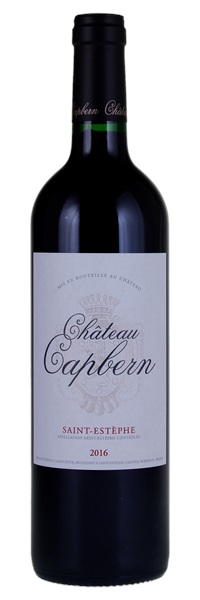Light label condition issue
Removed from a professional wine storage facility; Obtained by inheritance; Consignor is second owner

Image above is an example. To view the image of the lot, click the item number.
Estimate
Textbook crème de cassis, lead pencil shavings, crushed tobacco leaf, and damp earth. Deep, medium to full-bodied, concentrated, with fine tannins and everything in the right places,
Very pretty fruit with dark berries, plums and currants. Hints of sweet tobacco. Medium bodied, firm and silky. Lovely, juicy finish with delicious acidity at the end. The 18 per cent of fabulous cabernet franc in this makes it special.
Leaps from the glass with cedar, blackberries and blueberries with wafts of tobacco, bay leaves and scorched earth. Medium to full-bodied, elegant and vibrant in the mouth, it possesses lovely poise and an earthy finish.
A core of gently mulled plum and blackberry fruit is infused with perfumy bay and tobacco notes, while a light alder hint weaves through the finish. Some sneaky grip too,